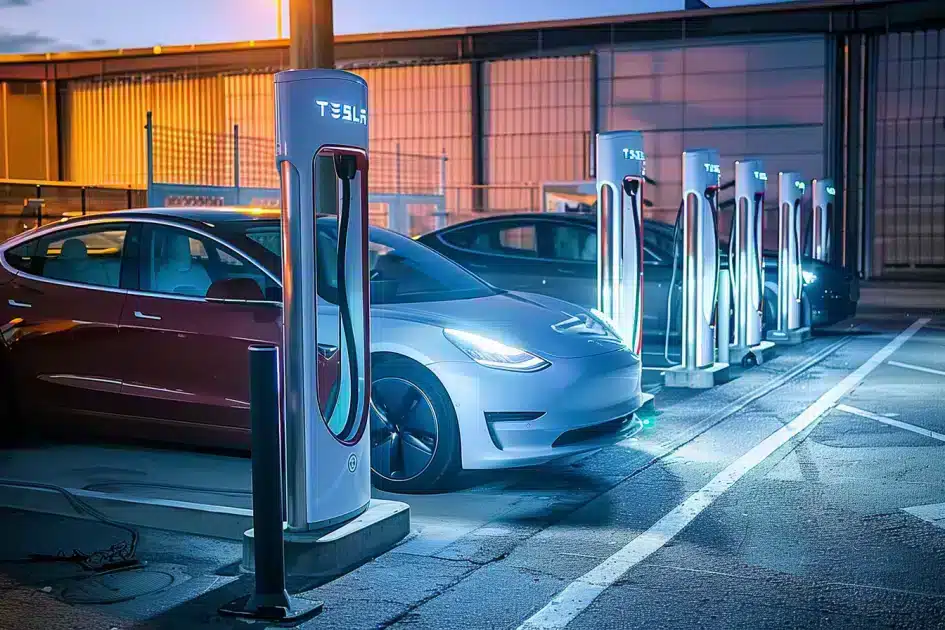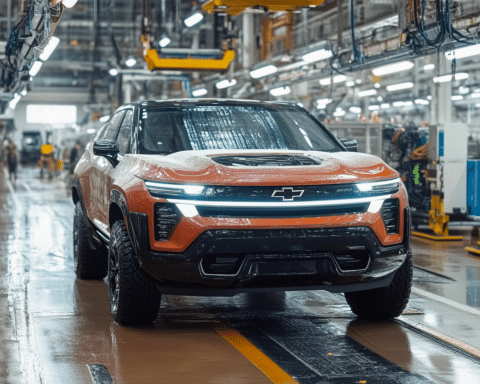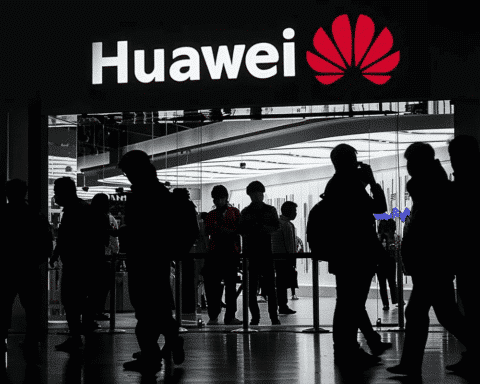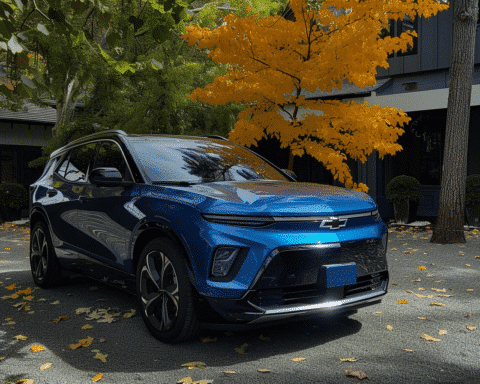The past few years have witnessed unprecedented enthusiasm for electric vehicles (EVs), marking a period of “EV euphoria” within the automotive industry. Companies like Ford, General Motors, Mercedes-Benz, and Tesla, among others, have made headlines with their ambitious electric vehicle plans and optimistic sales forecasts. Wall Street’s favorable valuations further buoyed this movement, pegged on the potential of these automakers to transition towards a greener, fully electric future. However, recent developments indicate a significant shift in this narrative. The once vibrant buzz around electric vehicles is showing signs of fading, leading to a recalibration of expectations and strategies among automakers.
The industry’s journey from outright optimism to a more cautious stance reflects a complex interplay of market dynamics, consumer behavior, and technological challenges. Tesla, the vanguard of the EV revolution in the United States, is tempering expectations for growth, with CEO Elon Musk acknowledging the possibility of “a notably lower” growth rate. This sentiment is echoed across the sector, with major players like Ford Motor and General Motors revisiting their electric vehicle timelines and product offerings. Ford’s COO for the EV unit, Marin Gjaja, highlighted the transient nature of the recent market spike in EV demand, noting, “It’s still growing but not nearly at the rate we thought it might have in ’21, ’22.”
The automotive industry now gravitates towards a more balanced approach, integrating gas-powered vehicles and hybrids alongside electric models. This strategy aims to cater to a broader spectrum of consumer preferences and readiness for electric technology while aligning with evolving regulatory landscapes. VW of America CEO Pablo Di Si’s commitment to bringing hybrid vehicles to the U.S. market underscores a strategic pivot towards flexibility in uncertain consumer demand for EVs.
Despite the cooling of initial EV euphoria, the sector continues to forecast growth in electric vehicle sales, albeit at a more measured pace. Automakers’ recalibration of strategies and product mixes does not signal an abandonment of electric ambitions but rather a strategic adaptation to the realities of market acceptance and technological readiness.
The automotive industry’s shift in stance from a rapid push towards electrification to a more balanced, inclusive approach underscores the complexities of transitioning to a greener future. While the dream of an all-electric future remains alive, the road there appears to be longer and more winding than initially anticipated. Automakers are navigating these challenges with a renewed emphasis on flexibility, consumer choice, and technological innovation. As the industry continues to evolve, the focus will likely remain on finding the optimal mix of vehicle offerings that can satisfy consumer demands, meet regulatory standards, and advance the broader goals of sustainability and environmental responsibility.




